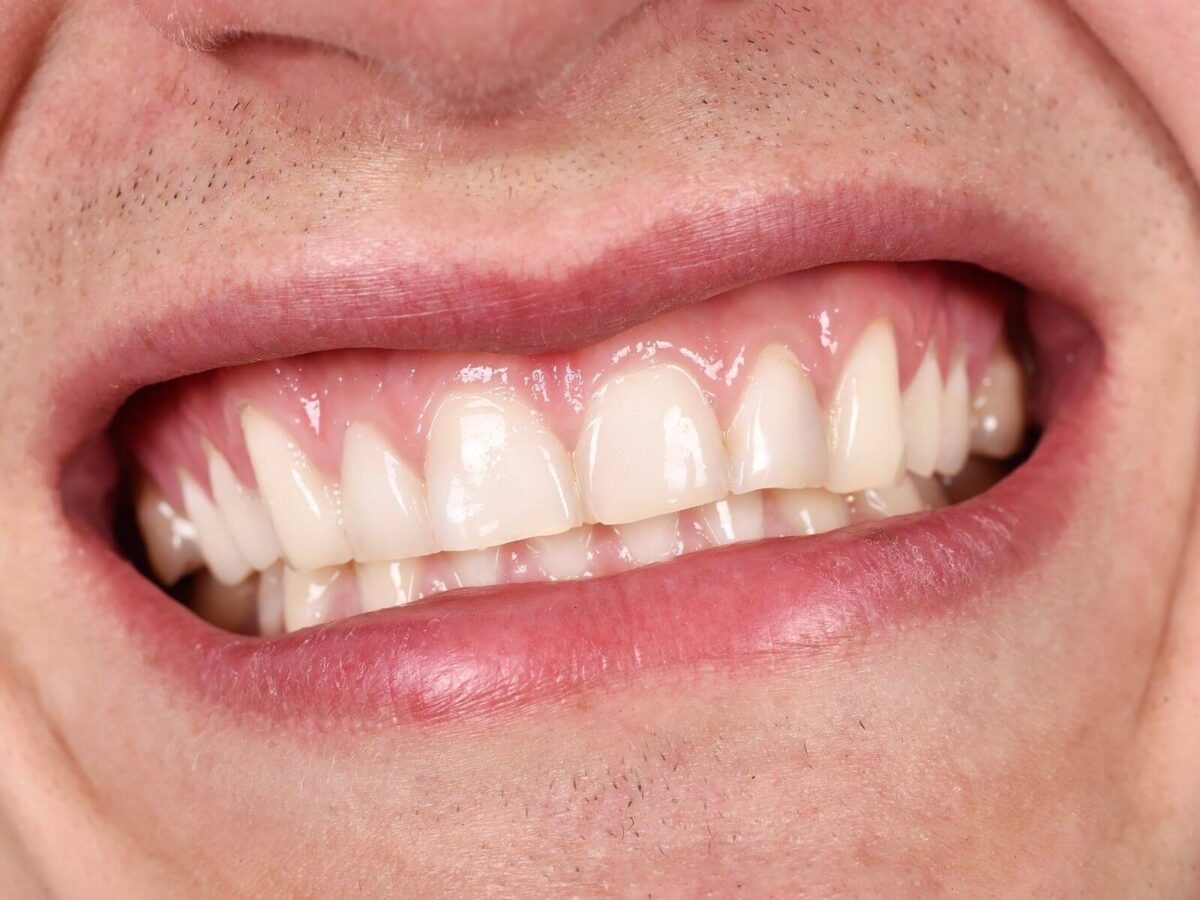Blog
Dental hygiene tips for healthy teeth & gums

6 Steps To Prevent Receding Gums
Most gum infections start without apparent signs until they become detectable. During brushing, you will notice your gums have swollen along with redness, but bleeding might occasionally take place. Food residue in the mouth creates conditions where bacteria grow, thus leading to the development of gum infection called gingivitis.
The danger of gum infection emerges when your gums move backward toward your teeth to damage both bone structure and jaw framework. Surgical removal becomes necessary to treat gum lesions that reach a significant size. Address gum recession by taking proactive measures first because treating advanced cases requires more effort. Begin these six steps today to prevent further problems.
What Is Gum Recession?
Gum recession develops from periodontal disease because your gums shift backward toward your tooth surfaces. Severe gum recession enables disease to penetrate tooth enamel to expose the roots, which in turn causes severe pain.
Gum recession will damage the appearance of your smile. The movement of gums away from teeth creates a visual effect that makes teeth appear longer than their natural set position. When gum protection weakens, your teeth can move their positions more freely. When untreated gums move back from teeth, you will lose them.
What Causes Receding Gums?
Gum disease is the main factor that leads to gum line regression. An inflammation of the gum tissue erodes your teeth’s bone and tissue support system. Food particles and bacterial accumulations result in gum disease formation. The development of plaque into tartar starts the progression towards the initial condition of gum disease known as gingivitis.
A person with gingivitis exhibits red and swollen gums with bleeding as a result. Gum disease becomes periodontitis if proper treatment is not provided, making it an advanced gum infection.
The progressive impact of periodontitis destroys bone and tissue structures until teeth are forced to leave the mouth. The conditions below create spaces that allow gums to move away from teeth:
- Energetic brushing destroys gum tissue and pushes it to move backward.
- Teeth grinding during sleep creates physical harm to your gum margins, which leads to backward movement of your gums.
- Puberty, together with pregnancy and menopause, results in hormone level variations, which weaken gum tissues until they become prone to recession.
What Are the Symptoms of Gum Recession?
Your gums show signs of recession when they pull back completely from the tooth foundations. Your teeth will stand out because of the exposure of your tooth roots. Sudden temperature changes in food or drink lead to severe tooth nerve sensations. Gum recession reaches its worst stage when your tooth roots show at the surface of your gums. Seek dental help since gum deterioration worsens uncontrollably.
Discover six effective steps to control gum recession development.
Over time, gum recession develops slowly, so its signs are tough to recognize until you sense tooth pain. Your dental professional uses regular exams to spot gum concerns before implementing proper treatments at these appointments. Good gum and tooth care relies on both prevention and maintenance actions.
1. Maintain Excellent Oral Hygiene
Daily oral hygiene practice leads to better gum recession prevention than any alternative approach. Healthy mouths lower the chance of developing gum illnesses that ultimately result in enamel loss. Good dental hygiene requires brushing your teeth thoroughly twice a day with a soft toothbrush.
The method of flossing helps dental hygiene when food particles and plaque are eliminated between teeth as well as near the gums. People who want to handle plaque must add antibacterial mouthwash to their dental care regimen. Regular teeth and gum cleaning allows you to protect dental health while also enhancing gum condition.
2. Brush Gently
Regular tooth cleaning performed gently will result in proper dental health maintenance. Gentle brush strokes protect tooth enamel and gum tissue and avoid harm to the area.
3. Schedule Regular Dental Visits
Regular consultations with your dentist at Tidwell enable you to receive the best oral care that safeguards your gums. The dental appointments include expert removal of persistent tartar because home cleaning systems with brushing and flossing cannot eliminate it. Undefined tartar control enables the development of gum disease, causing gums to separate from the teeth.
4. Address Teeth Grinding and Clenching
Entirely unnecessary tooth and gum pressure develops when someone clenches or grinds their teeth all the time, destroying gum tissue as time goes by. If you suspect teeth grinding during sleep, contact a dentist who will build custom guards to save your teeth and gums from damage. Stress management tools linked with calming practices help people grind their teeth less frequently.
5. Stop Smoking and Keep Away from Tobacco Materials
Using tobacco with smoking leads to recognized oral health damage. Smoking regularly damages gums extensively and leads to gum recession. Smoking causes an extra buildup of bacteria, which severely hurts the gums. Better oral hygiene and health will develop after stopping smoking, which will help protect your gums.
6. Be Cautious with Oral Piercings
Having your tongue and lip pierced with metal jewelry puts your teeth and gums at risk because it can accidentally hurt them.
Seeing your dentist at fixed times remains the primary defense against gum recession, yet other methods protect against its development. Attending dental check-ups lets professionals remove all plaque and tartar from tooth surfaces. During a verbal examination, dentists evaluate for damage to teeth and spots of tooth decay, together with signs of gum erosion and throat and mouth cancer symptoms, plus over 90 other indicators of health status.
Conclusion
People who receive gum recession updates learn how to stop gum loss and lower their gum disease risk. Regular visits to the dentist help discover hidden dental problems, which get effectively treated to prevent them from worsening. Book an appointment for professional cleaning or to discuss dental health problems.


